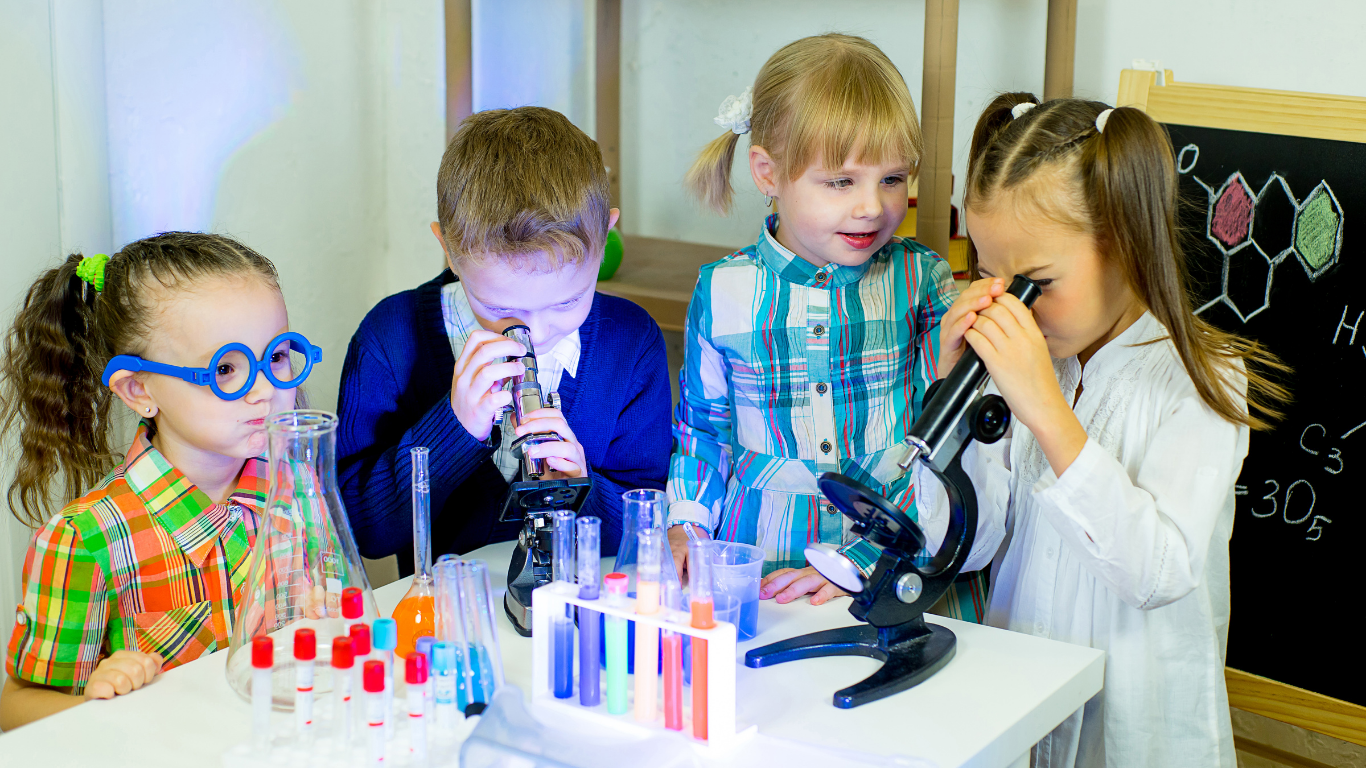When it comes to conducting science experiments with kids, safety should always be the top priority. By taking some simple precautions, you can ensure that your budding scientists have a fun and safe learning experience.
Make sure to choose age-appropriate experiments for your child. Younger children may not have the fine motor skills or understanding to safely handle certain materials or equipment. Always read through the experiment instructions carefully before starting and assess whether it is suitable for your child’s age and abilities.
Additionally, always provide adult supervision during experiments. Even if an experiment seems straightforward, accidents can still happen. Being present allows you to guide and assist your child as needed, ensuring they stay safe throughout the process.
It’s also important to teach children about proper lab etiquette and safety procedures. This includes wearing protective gear such as goggles or gloves when necessary, washing hands thoroughly before and after handling chemicals or living organisms, and never tasting anything used in an experiment unless specifically instructed by a trusted adult.
Furthermore, create a designated workspace that is clean, well-lit, and free from any potential hazards. Remove any objects that could get in the way or pose a risk of injury during an experiment.
Lastly but most importantly – encourage open communication between you and your child during scientific activities. Teach them how to identify potential dangers themselves so they can actively participate in creating a safe environment for experimentation.
Essential Safety Tips for Conducting Science Experiments with Kids
- Start with Simple Experiments: Choose experiments that are appropriate for your child’s age and skill level. Starting with simple experiments helps build confidence and ensures safety.
- Use Safe Materials: Always use safe and non-toxic materials for experiments. Check labels for age recommendations and potential hazards before using any chemicals or substances.
- Prepare the Workspace: Set up a designated experiment area that is well-ventilated and free from clutter. Ensure there are no tripping hazards and that all necessary supplies are within reach.
- Provide Supervision: Adult supervision is crucial during science experiments. Stay actively involved, providing guidance and support to ensure safety throughout the experiment.
- Teach Proper Handling: Teach children how to handle equipment and materials safely. Emphasize the importance of following instructions and using protective gear when necessary.
- Practice Good Hygiene: Encourage children to wash their hands before and after handling materials. Remind them not to touch their face or mouth during experiments to avoid accidental ingestion of chemicals.
- Dispose of Materials Safely: Dispose of experiment materials properly according to local regulations. Keep hazardous substances out of reach of children and pets to prevent accidents.
- Be Prepared for Emergencies: Have a first aid kit and emergency contact information readily available in case of accidents. Familiarize yourself and your child with basic first aid procedures.
- Monitor Experiment Progress: Keep a close eye on the experiment as it progresses. Look out for any signs of danger or unexpected reactions and be prepared to intervene if necessary.
- Reflect and Learn: After completing the experiment, take time to discuss what was learned and any safety precautions that were followed. Use each experiment as an opportunity to reinforce safe science practices.
By following these safety precautions while conducting science experiments with kids at home or in school settings alike; we can foster a love for learning without compromising their wellbeing!

